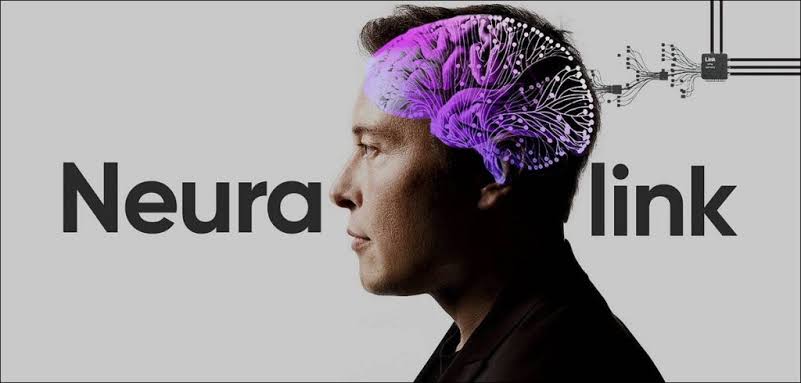Elon Musk’s brain-chip company, Neuralink, is preparing to implant its artificial visual prosthesis, Blindsight, into a human for the first time by the end of 2025. The device, which was designated as a “breakthrough device” by the U.S. Food and Drug Administration (FDA) last year, aims to restore vision for individuals who are completely blind.
Speaking at a town hall event in Wisconsin, Musk shared his optimism about the upcoming milestone. “We’re hoping, later this year, to have a first device implant for humans, enabling someone who is completely blind to see,” he said. However, he tempered expectations, explaining that Blindsight will initially provide only low-resolution vision, comparing it to Atari graphics. Over time, he believes the technology could advance to the point of offering superhuman vision.
According to Musk, the implant is designed to help individuals who have lost both eyes and their optic nerve function regain sight. He also suggested that it could allow those born blind to see for the first time. The device works by embedding a microelectrode array into the brain’s visual cortex, the area responsible for processing visual information. This array stimulates neurons based on input from an external camera, potentially enabling perception of images.
Despite its breakthrough designation from the FDA, experts caution that the label does not imply a cure for blindness. Instead, it allows for faster regulatory review of the device due to its potential to treat a life-altering condition. Researchers have also voiced skepticism about Musk’s claims, warning that Blindsight is unlikely to fully replace traditional aids like guide dogs or canes.
Philip Troyk, a biomedical engineer at the Illinois Institute of Technology, pointed out that while the technology might offer some visual augmentation, it is far from a comprehensive solution. “At best, we’re talking about something that’s augmentative to a cane and a guide dog; not something that replaces a cane and a guide dog,” he told IEEE Spectrum.
As Neuralink moves closer to human trials, the project remains both ambitious and controversial. While the potential for restoring vision is groundbreaking, the actual capabilities of Blindsight will only become clear once real-world testing begins.








Leave a Reply to Blessing Ekpo Cancel reply